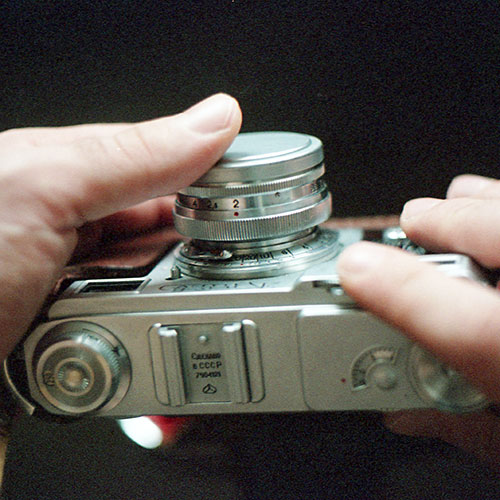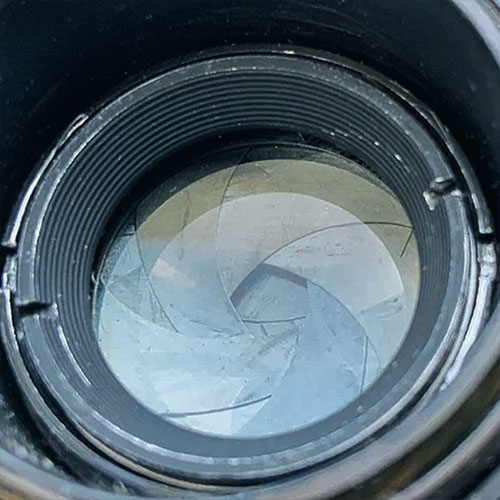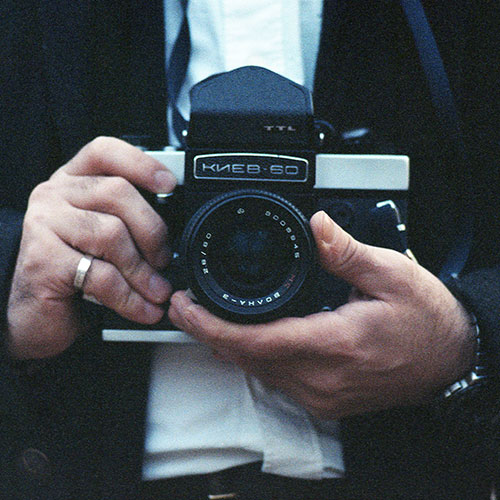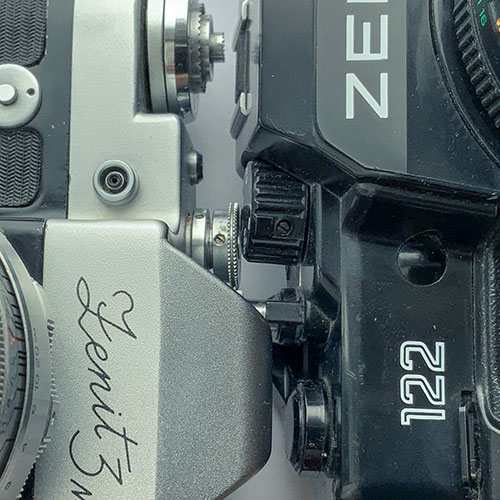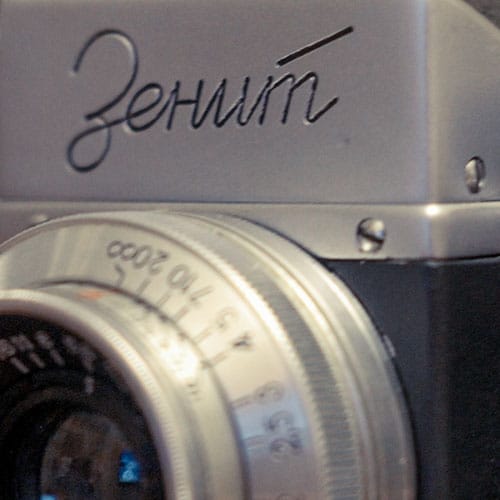The Best Soviet Medium Format Cameras
In this article we will tell you about the best Soviet medium format cameras that do not lose their relevance even in our time.
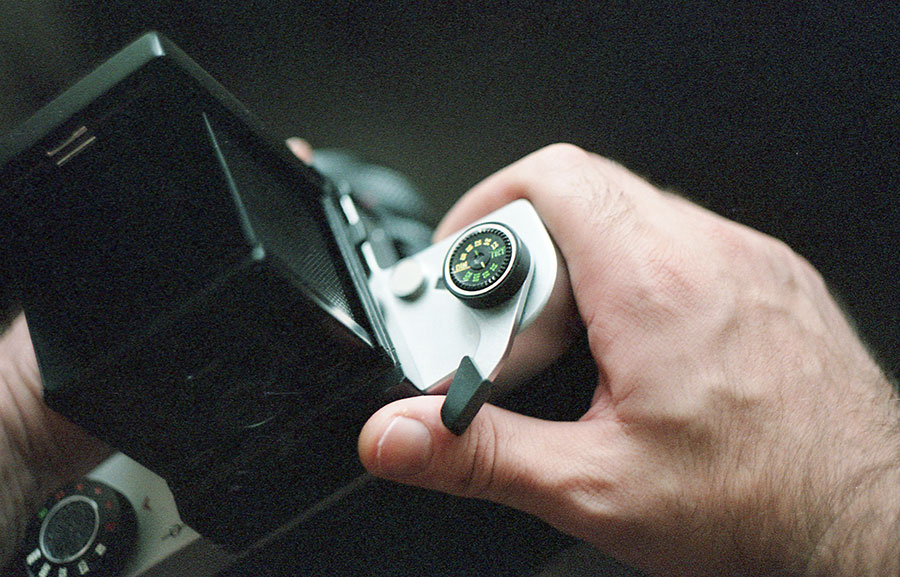
About Soviet Medium Format Cameras
Medium format photography holds a special place in the hearts of photography enthusiasts due to its ability to capture images with impressive resolution and detail.
During Soviet times, many medium format cameras were created, but most of them could not compete with Western or Japanese counterparts.
But among the many quite good Soviet medium format cameras, there were pearls that we will talk about today.
Top 3 Best Soviet Medium Format Cameras
Iskra
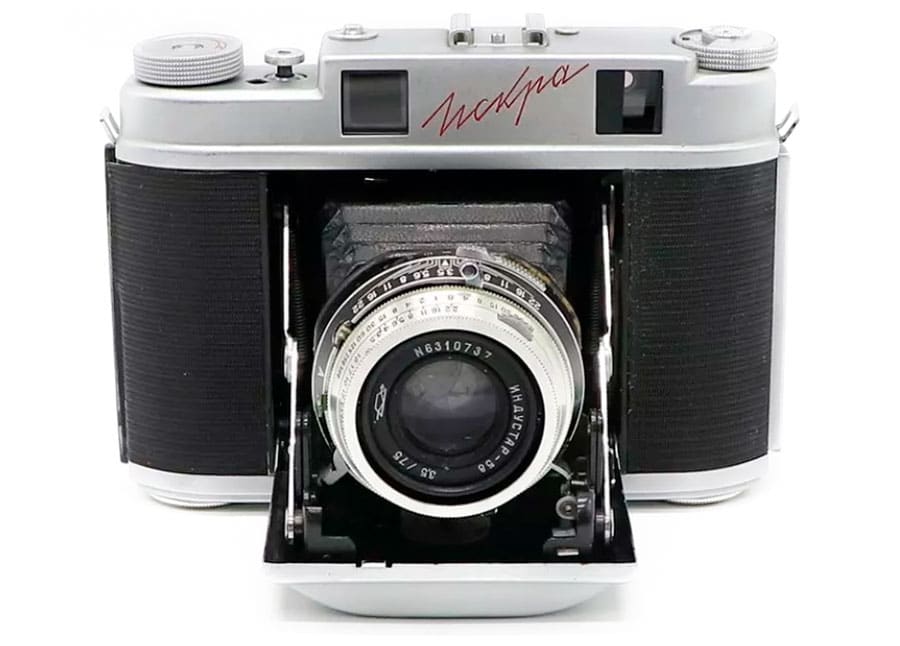
The Iskra, unlike other Soviet medium format cameras, is a compact and easy-to-use folding camera, ideal for travel and street photography. It makes it easy to dive into the world of medium format photography without having to carry heavy equipment.
The high-quality Industar lens provides excellent resolution and contrast, making the Iskra a desirable purchase for those who value a combination of portability and quality.
The Spark was designed based on the German Zeiss Ikon Super Ikonta IV folding camera. Iskra inherited the folding design principle, offering photographers a 6×6 cm medium format frame on 120 film in a more affordable format adapted to Soviet conditions.
Features and Advantages:
- Portability: With its foldable design, the Spark easily fits into your pocket or small bag, making it an ideal choice for travel.
- Image quality: Despite its compact size, the Iskra offers impressive image quality thanks to the high-quality Industar-58 lens.
- Ease of Use: Folding design not only improves portability, but also protects the lens and viewfinder when folded.
Kiev-60
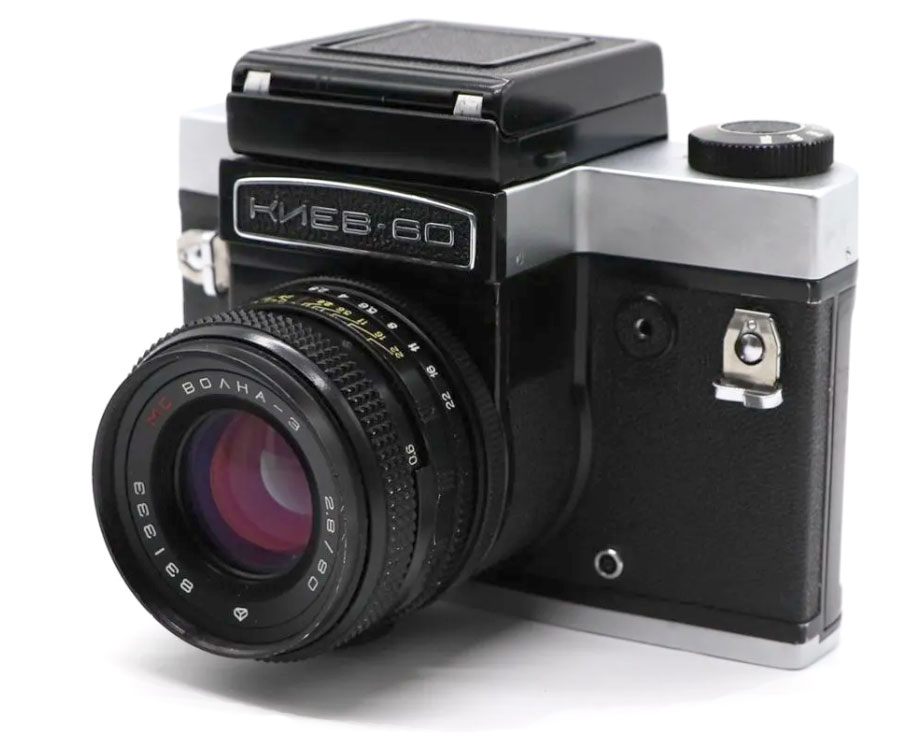
Kiev-60 is a medium format single-lens reflex camera produced at the Kiev Optical-Mechanical Plant Arsenal. It uses 120 type film, offering a 6x6cm frame format.
Kyiv 60 gravitates towards the design and functionality of the German Pentacon Six camera. The Pentacon Six was a popular medium format system in the GDR and offered a wide range of lenses and accessories.
Kyiv 60 was essentially developed on the basis of Pentacon Six, becoming a domestic analogue of the foreign prototype, but with some modifications and changes adapted to Soviet production and materials.
Features and Advantages:
- Lenses: Kiev-60 is compatible with a wide range of high-quality lenses, both those produced at the Arsenal plant and original lenses from Pentacon Six.
- Ease of use: Due to the fact that the camera has a form factor like conventional 35mm cameras, you can easily figure out the controls.
- Flexibility: Thanks to its interchangeable lens system and the ability to use different viewfinders, the Kyiv 60 allows you to experiment with a wide range of photographic styles and techniques.
Kiev-88

The Kiev-88 is often called the “Soviet Hasselblad” due to its similarity in design and functionality to the famous Swedish cameras. It is a medium format SLR camera with a 6×6 cm frame format on 120 film type, known for its modular system.
Nicknamed the “Soviet Hasselblad”, the Kiev-88 was inspired by the Swedish Hasselblad 1600F camera. The Hasselblad has proven itself to be a high-quality camera, even being used on NASA space missions.
Soviet engineers recreated the concept of Hasselblad’s modular system, offering photographers the ability to change film magazines and use different viewfinders and lenses.
Features and Advantages:
- Modularity: Kiev-88 offers a modular system with removable film magazines, making it easy to change films and switch between different types of film.
- Optics: The camera was equipped with a fleet of fairly high-quality lenses that gave decent image quality.
- Professional capabilities: Thanks to its precise focusing system and high-quality optics, Kiev-88 is suitable for studio work and portrait photography.
Other Good Soviet Medium Format Cameras
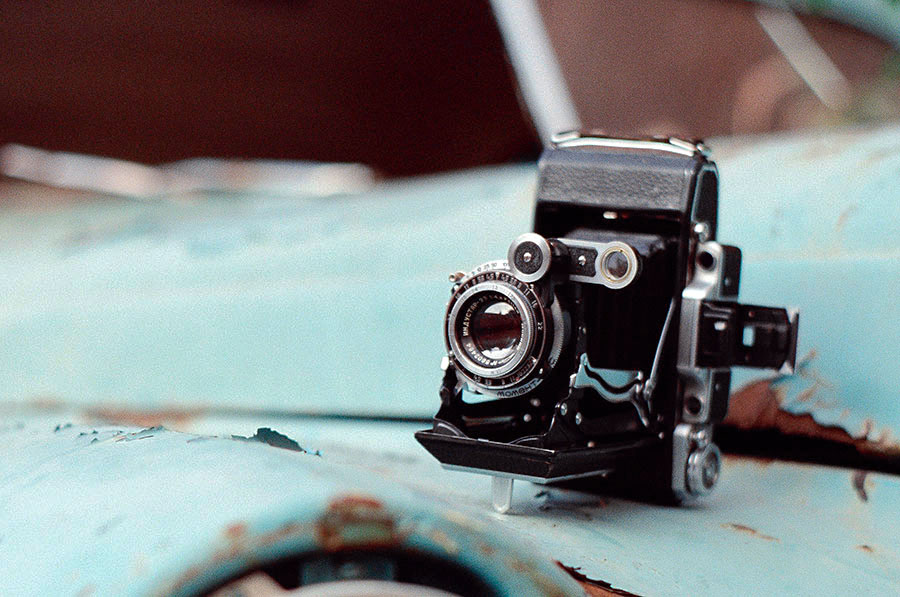
In Soviet times, in general, there were quite a lot of good and even good medium format cameras.
For example, among the truly good Soviet medium format cameras we can note the Moskva series. These cameras were clones of the German Zeiss Super Ikonta, and could take photos in both 6×6 and 6×9 formats.
This series was not included in our list of the best Soviet medium format cameras due to the fact that they are too difficult to operate. The whole process of opening the camera, adjusting shutter speed and aperture, focusing, advancing the film, etc. takes too long and requires too many steps.
Despite the fact that the Moskva series cameras are excellent medium format cameras, the Iskra camera is better in almost every way.
Another very good series is the Lubitel cameras. These are two-lens reflex cameras that were clones of the German Voigtländer Brillant camera.
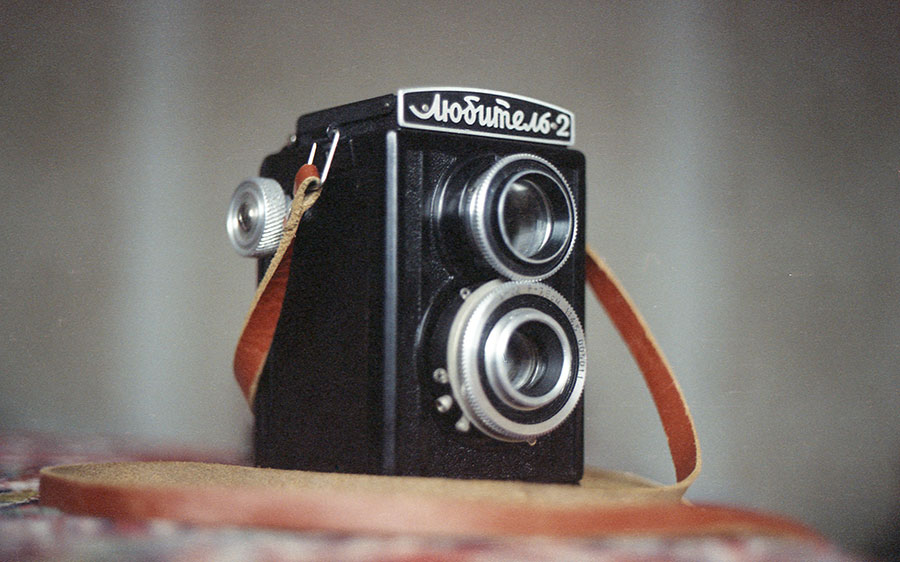
These days, Lubitel cameras are some of the cheapest medium format cameras you can buy. Essentially, this is a great way to get into medium format photography.
But these cameras were also not included in the list of the top medium format cameras from USSR due to the fact that they have a very complex focusing system, not a very large set of shutter speeds, and the lens is too dark.
The Best Soviet Medium Format Cameras: Conclusion
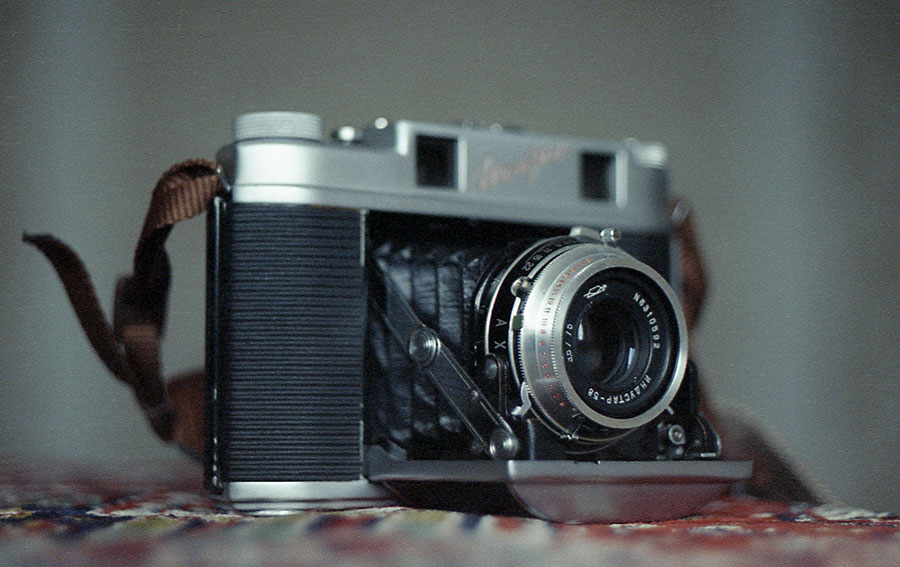
So, in this article we told you about the three best Soviet medium format cameras in our opinion. All these cameras are available for purchase nowadays and you can buy these cameras right now and start taking beautiful photographs.
All of these cameras have all the necessary qualities to compete with many film cameras that were developed in Japan or Germany.
Additionally, these medium format Soviet cameras can easily compete with many modern digital cameras due to the dynamic range, volume of images and overall quality they can produce.


